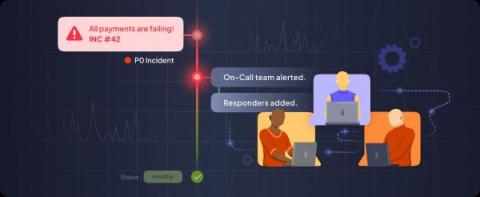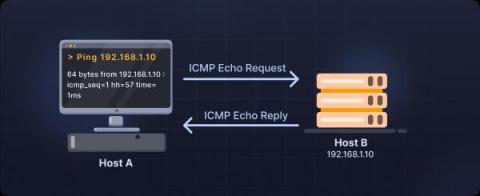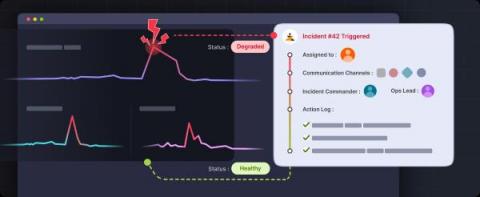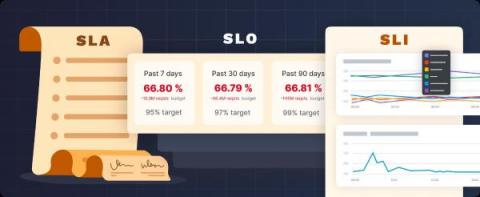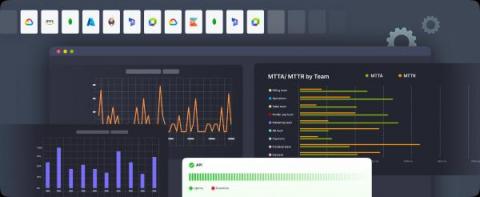Understanding Chaos Engineering and its Benefits
In today's fast-paced technological landscape, ensuring the resilience and dependability of systems is crucial. This is where Chaos Engineering comes in, transforming how organizations approach system testing and fortification. Chaos Engineering helps find vulnerabilities that could go undetected under normal circumstances by purposefully introducing controlled interruptions and failures.



